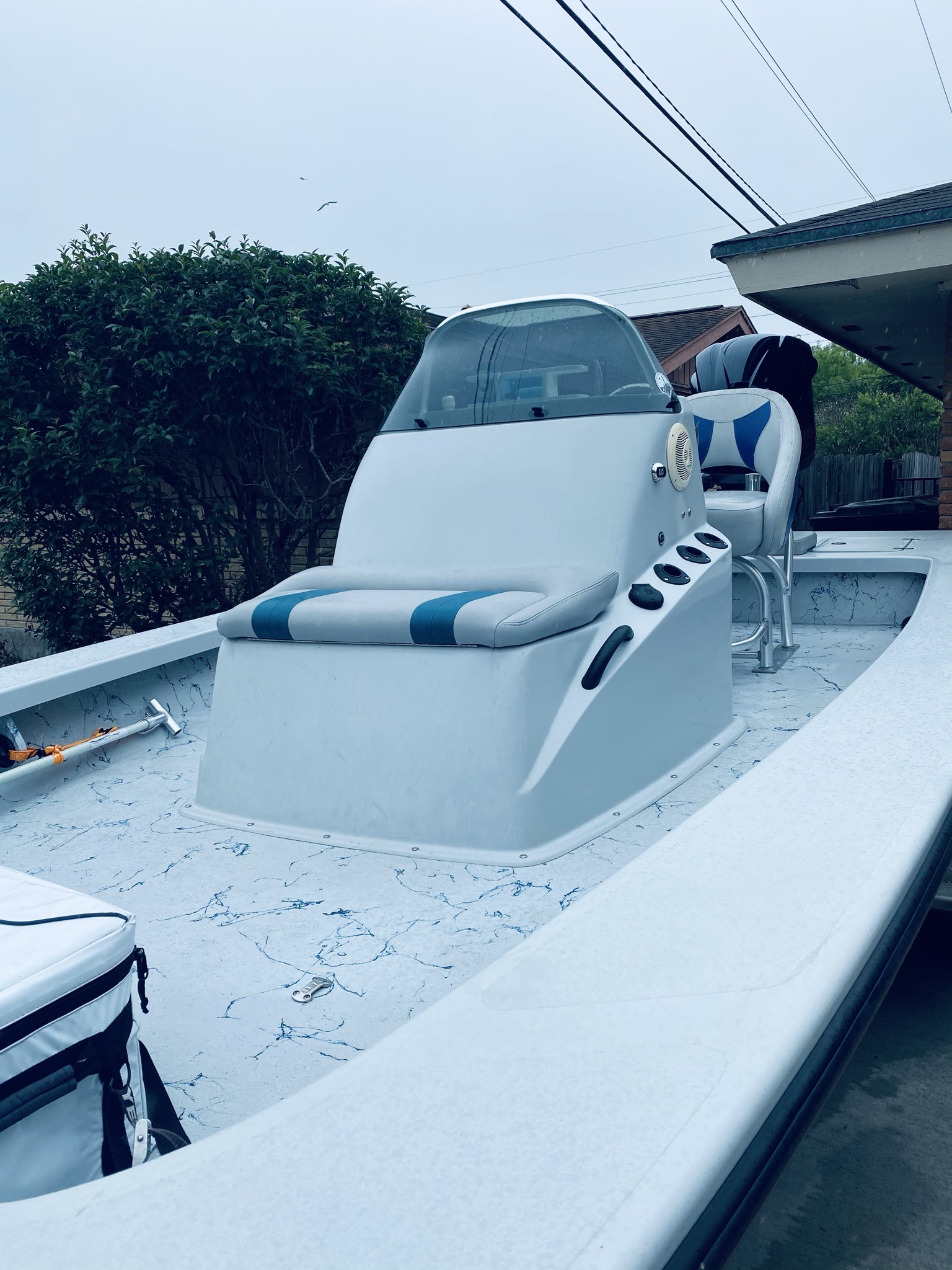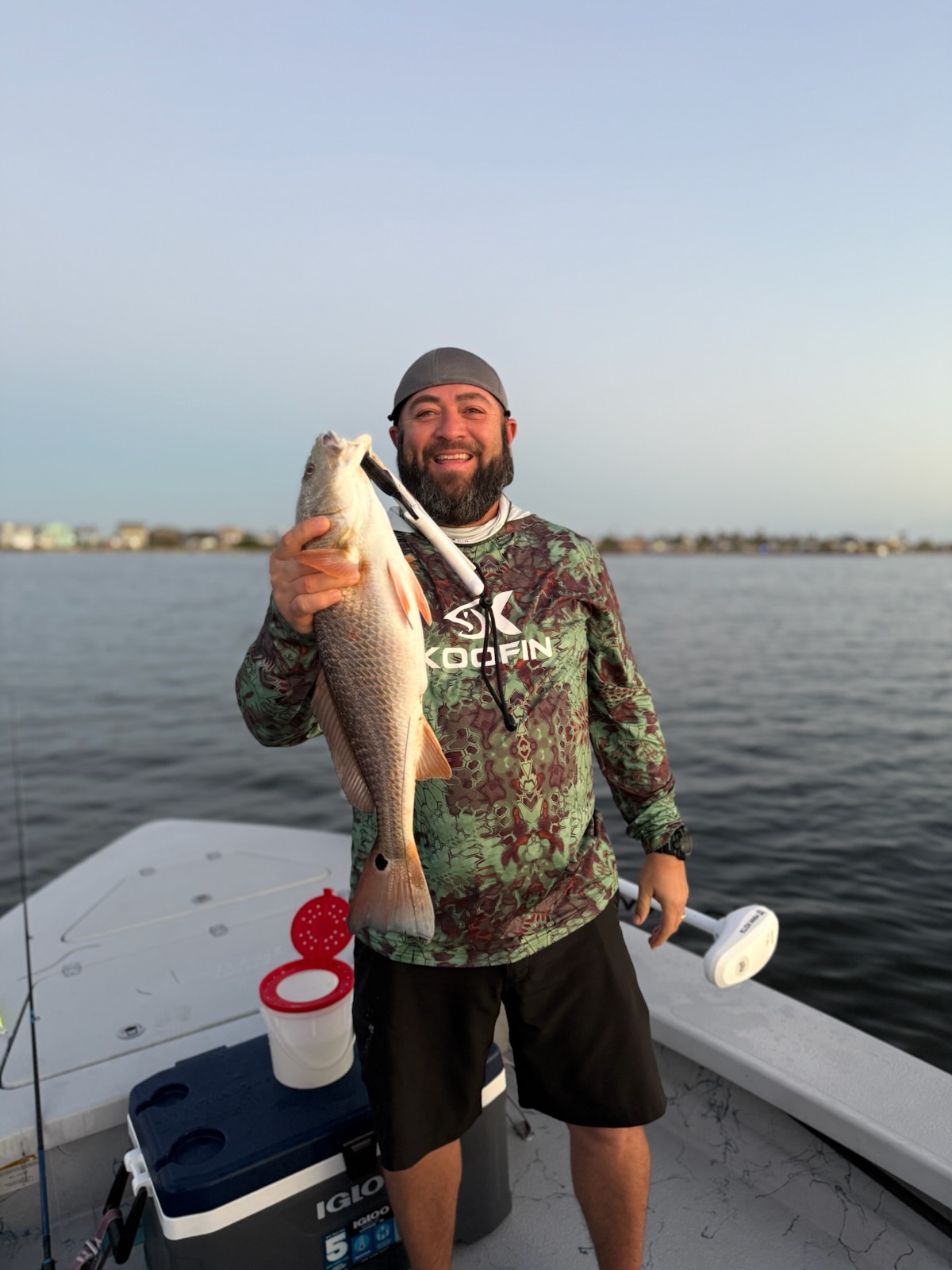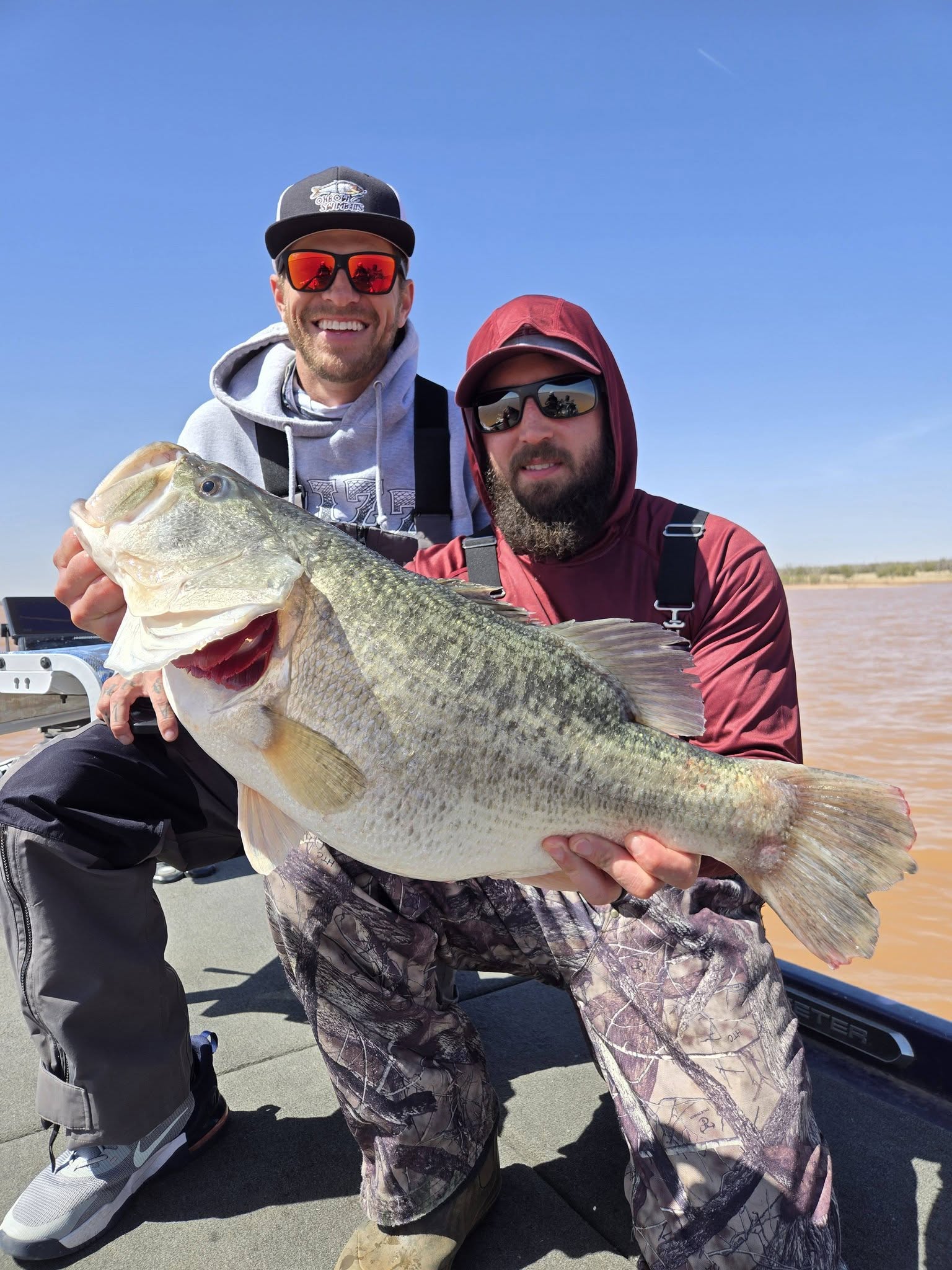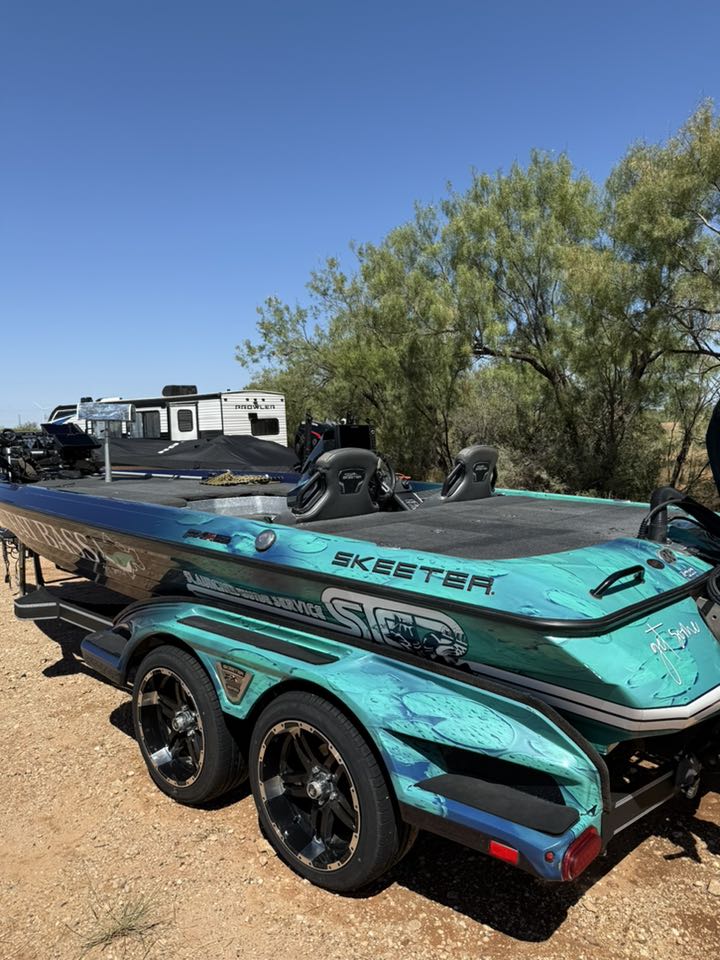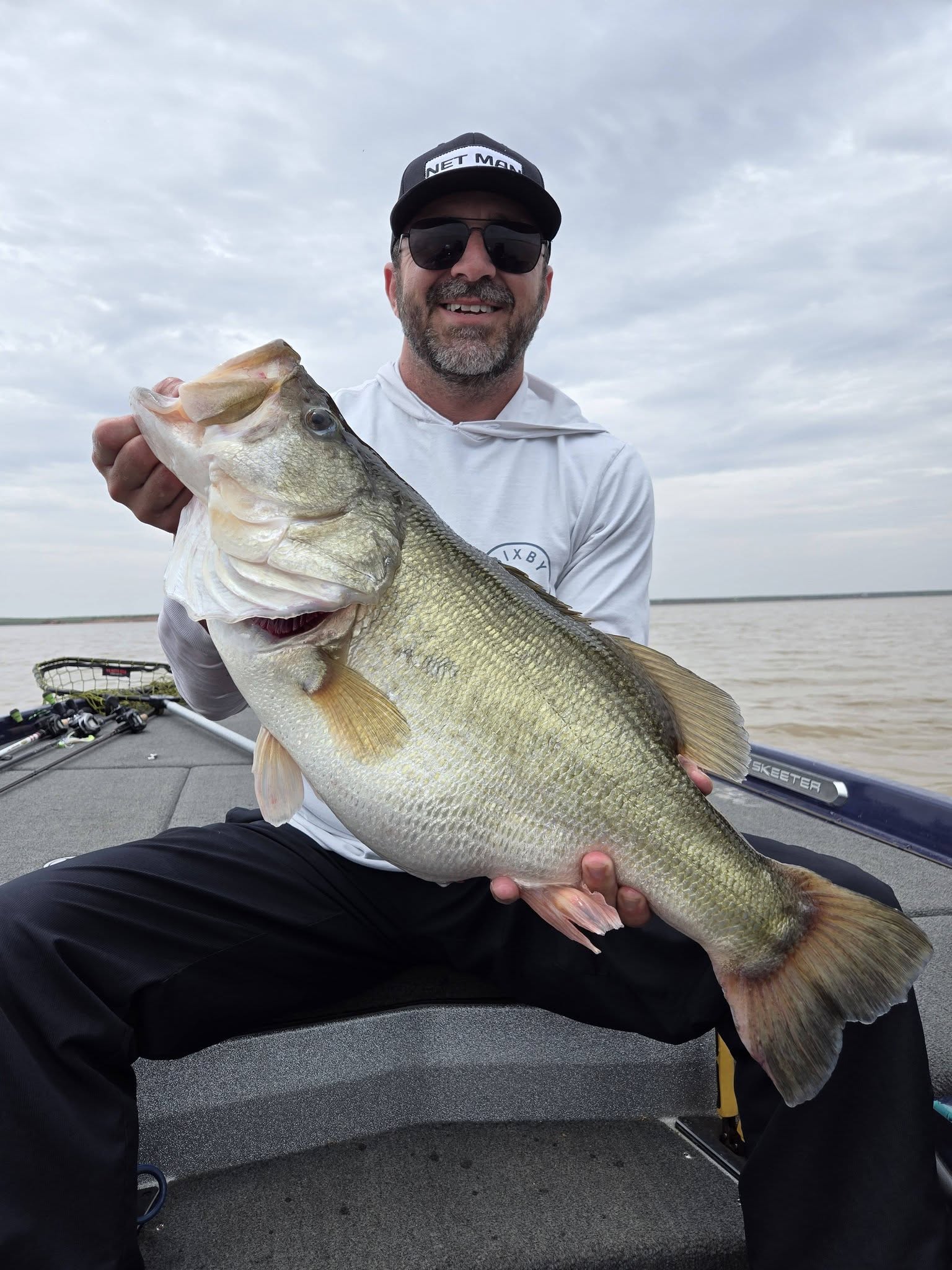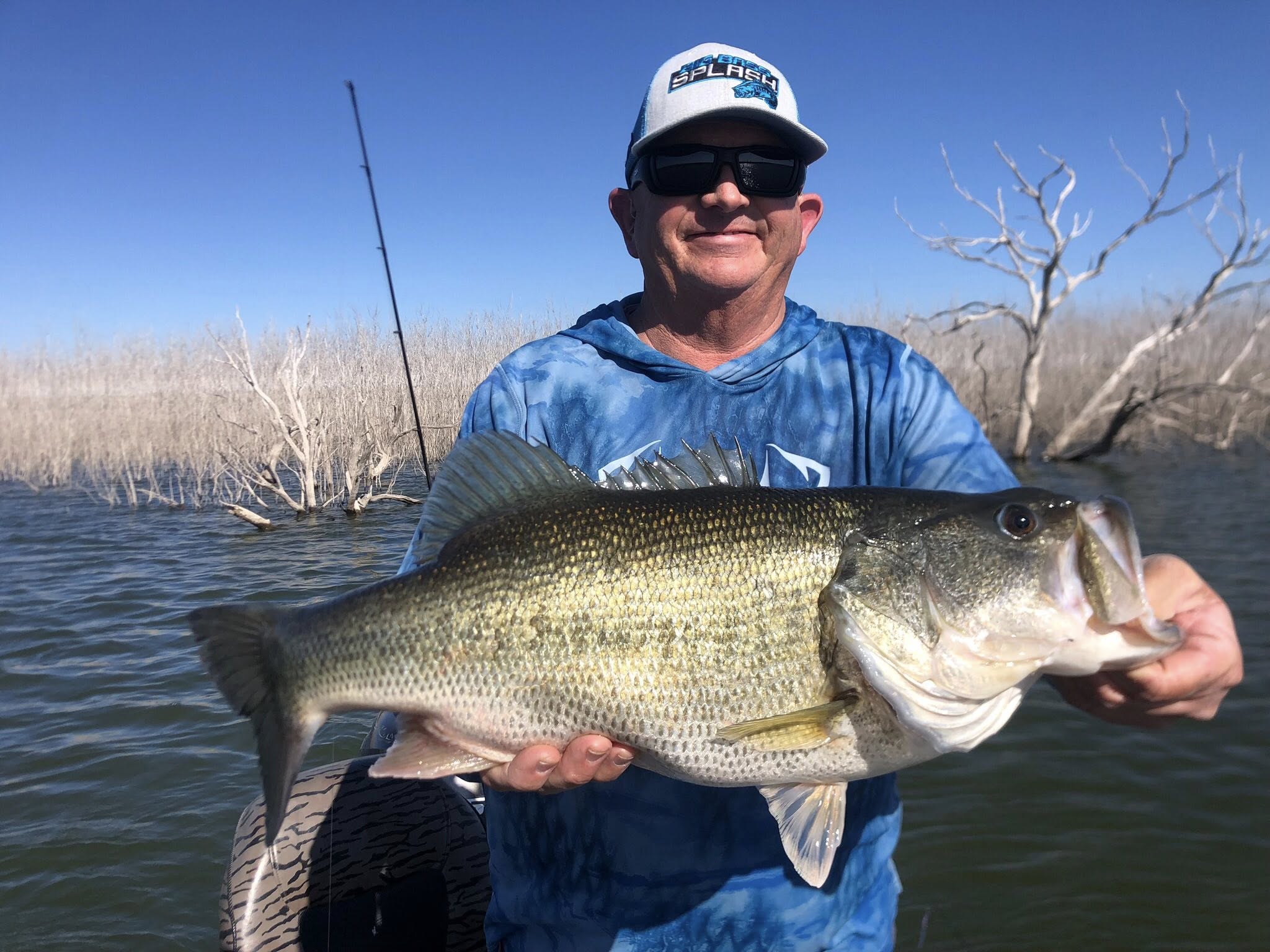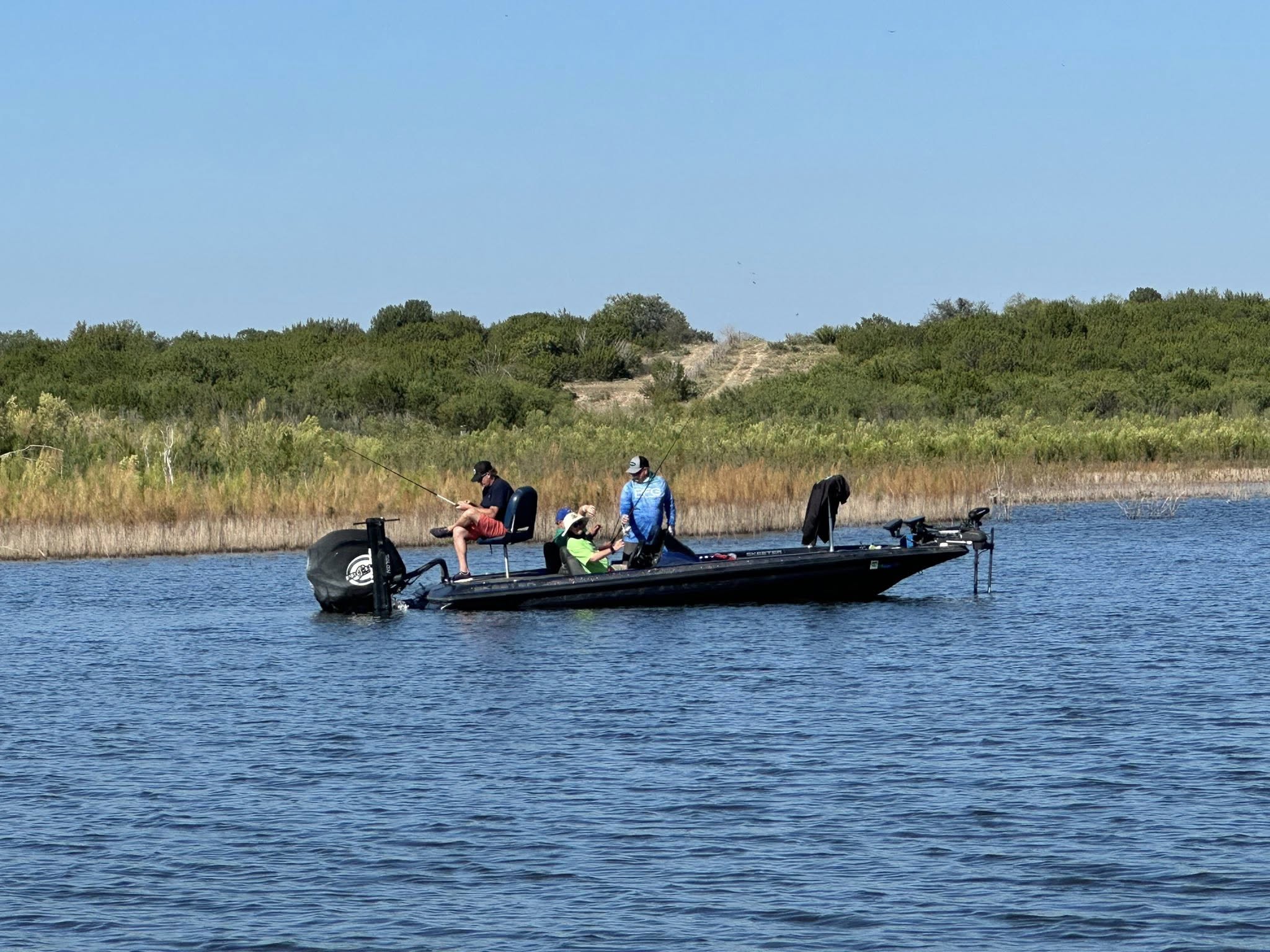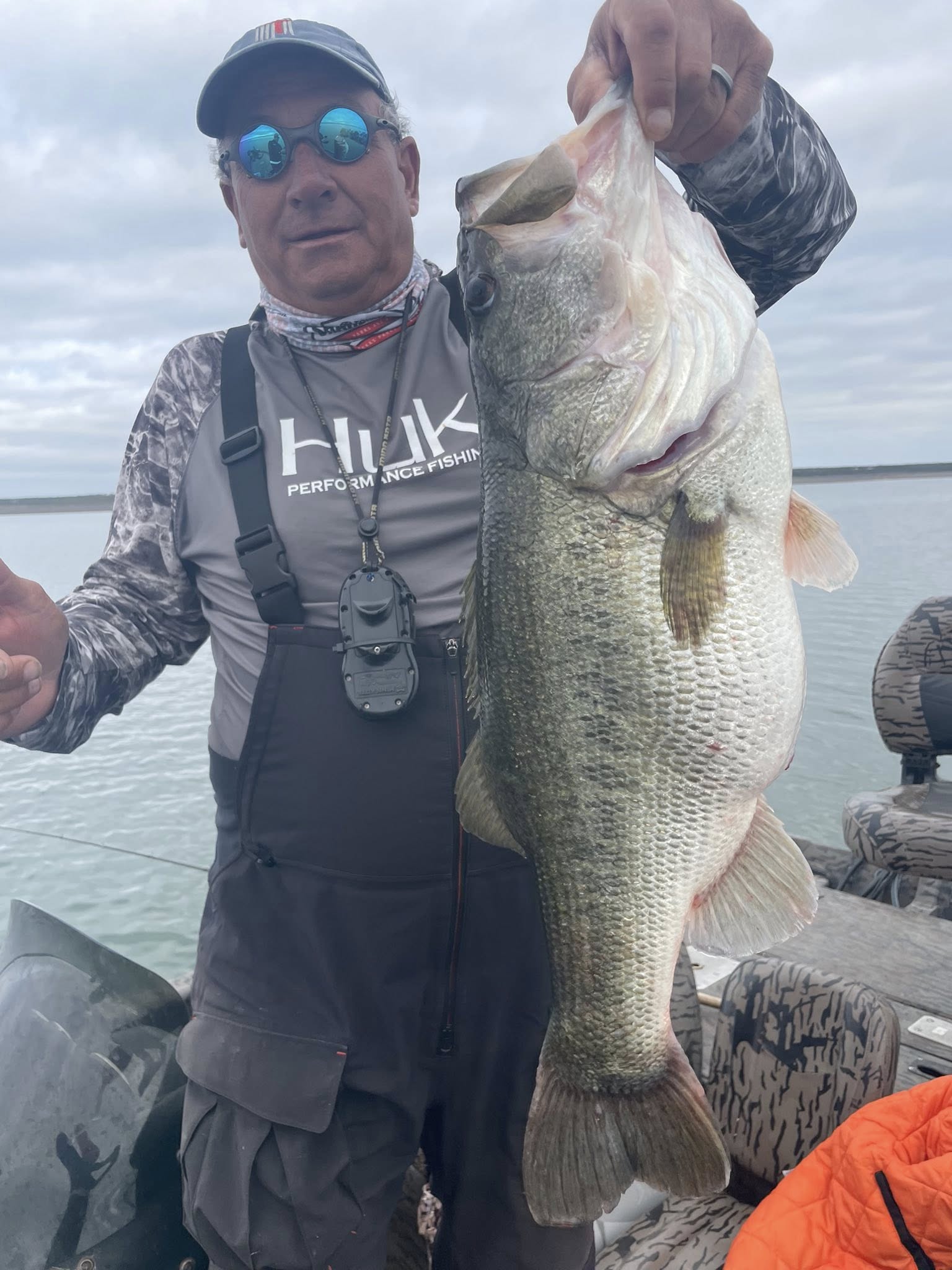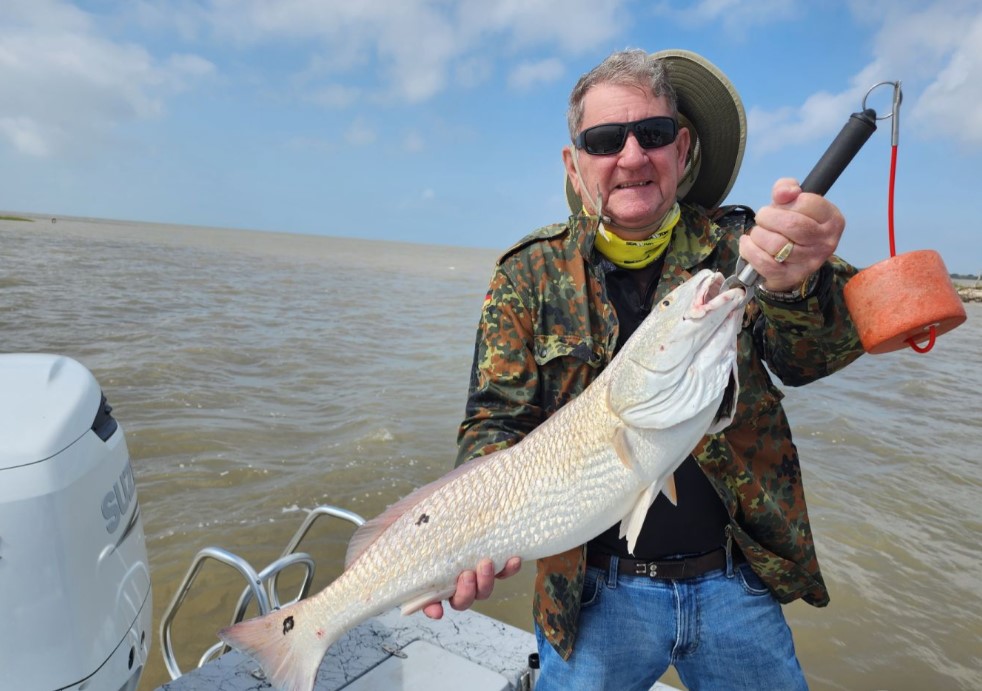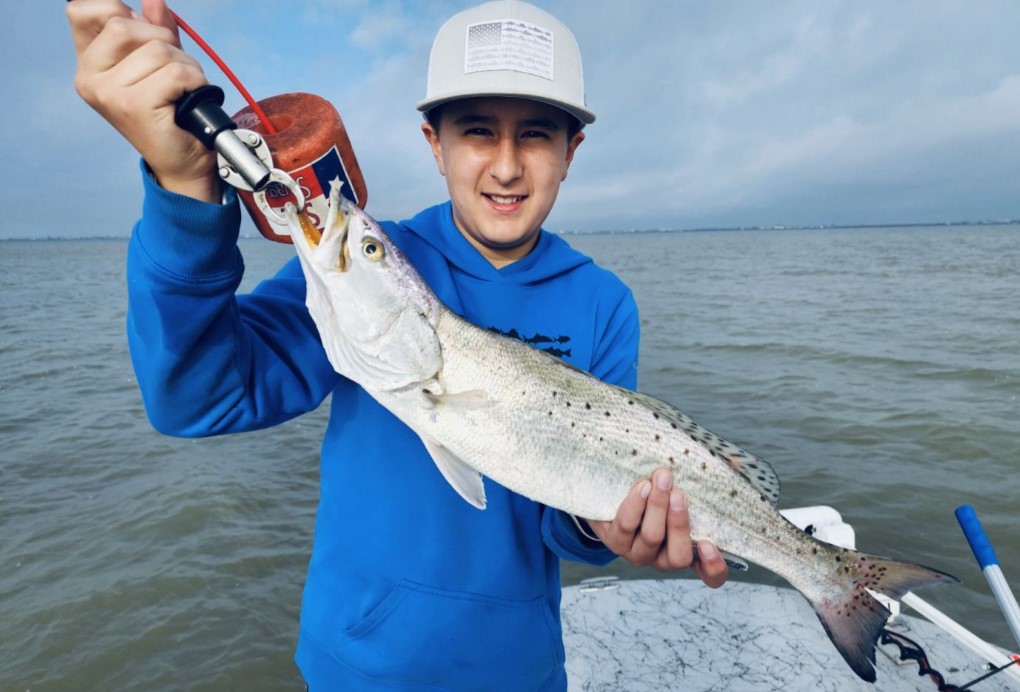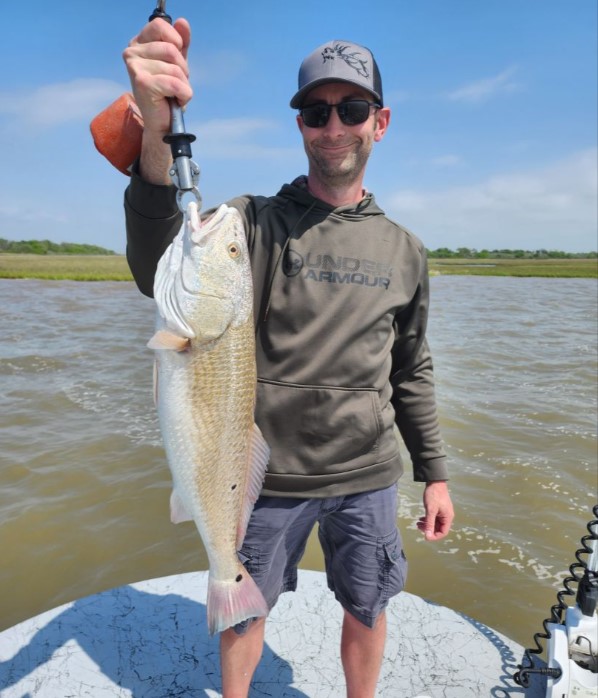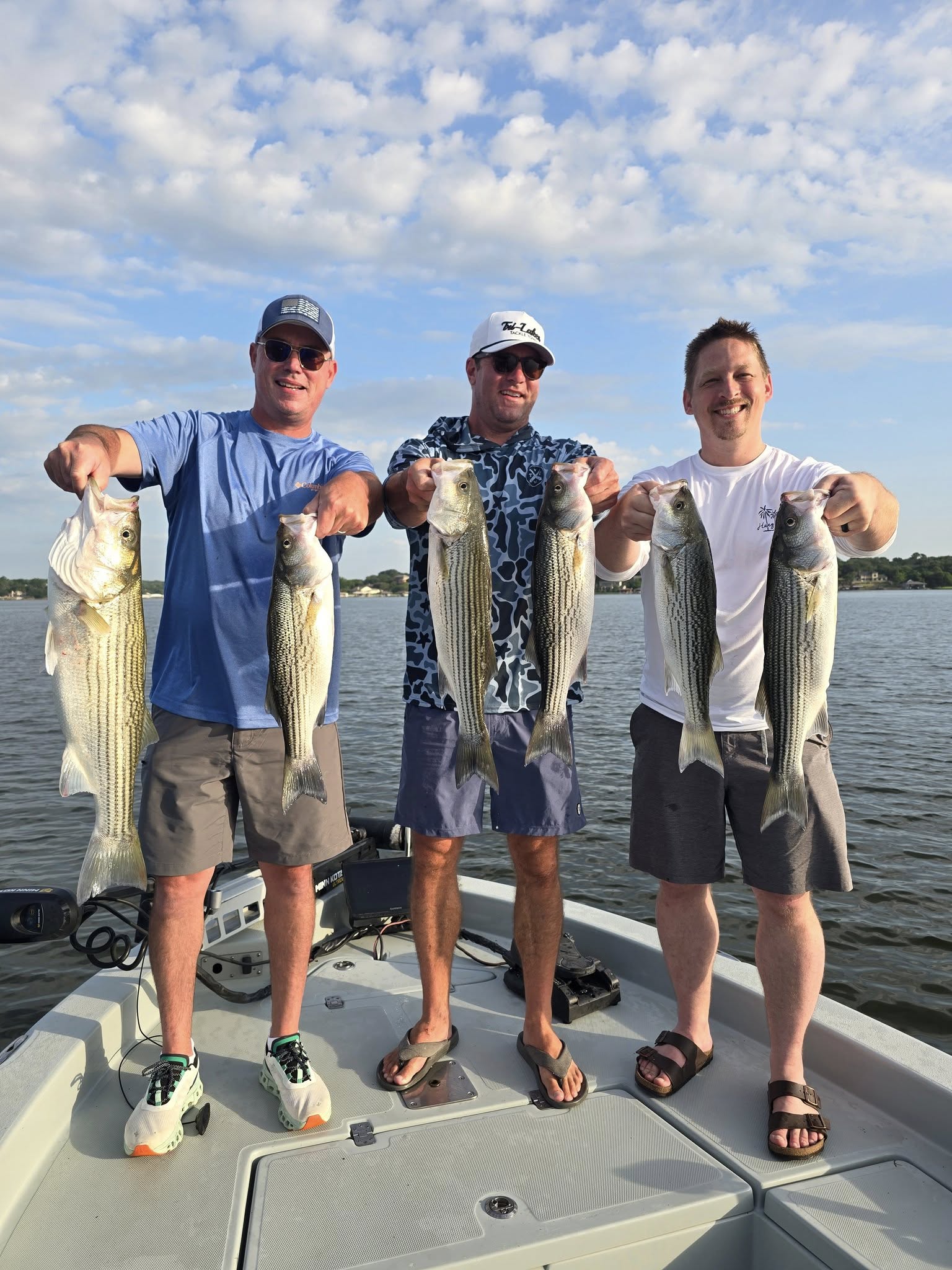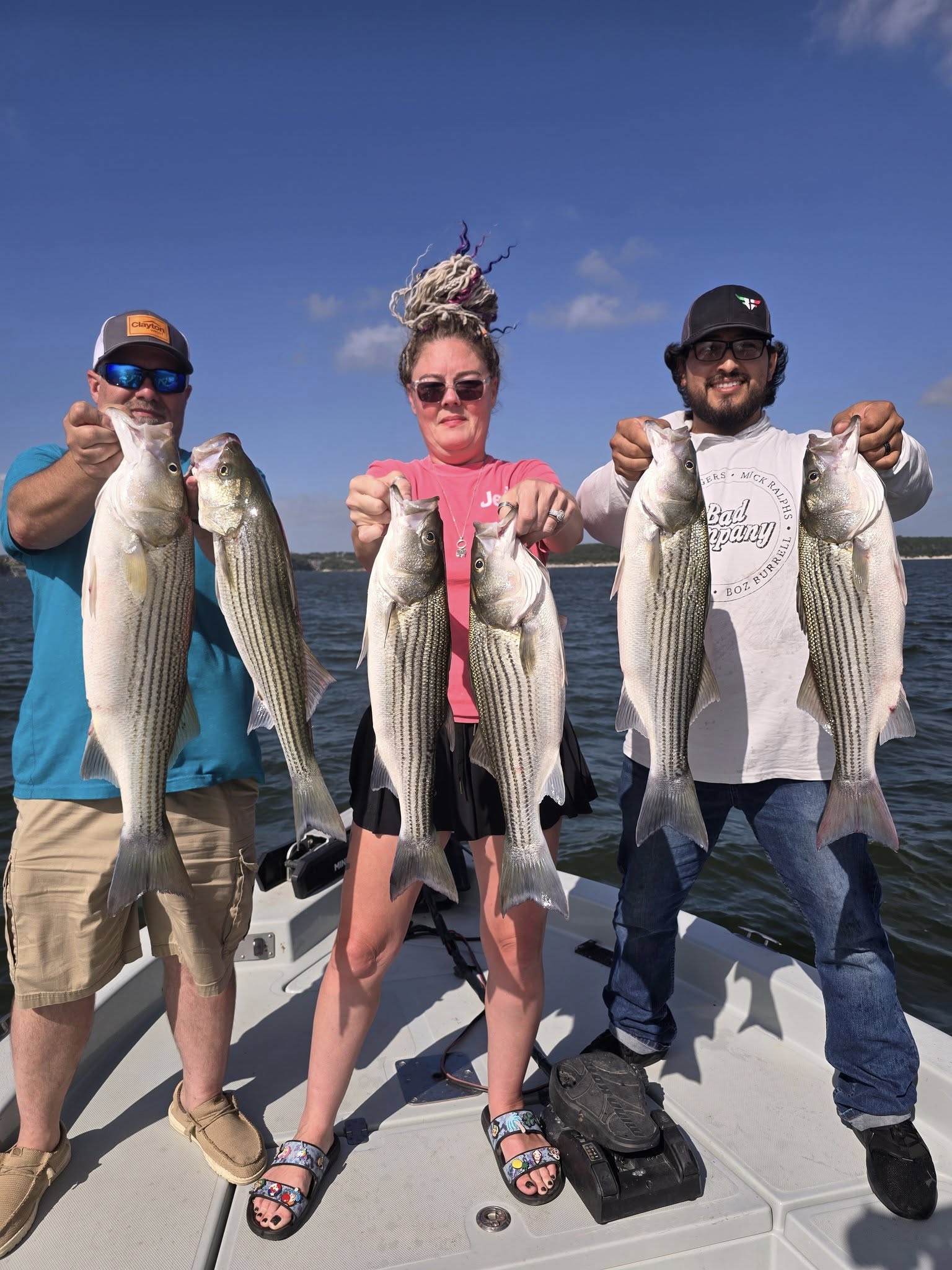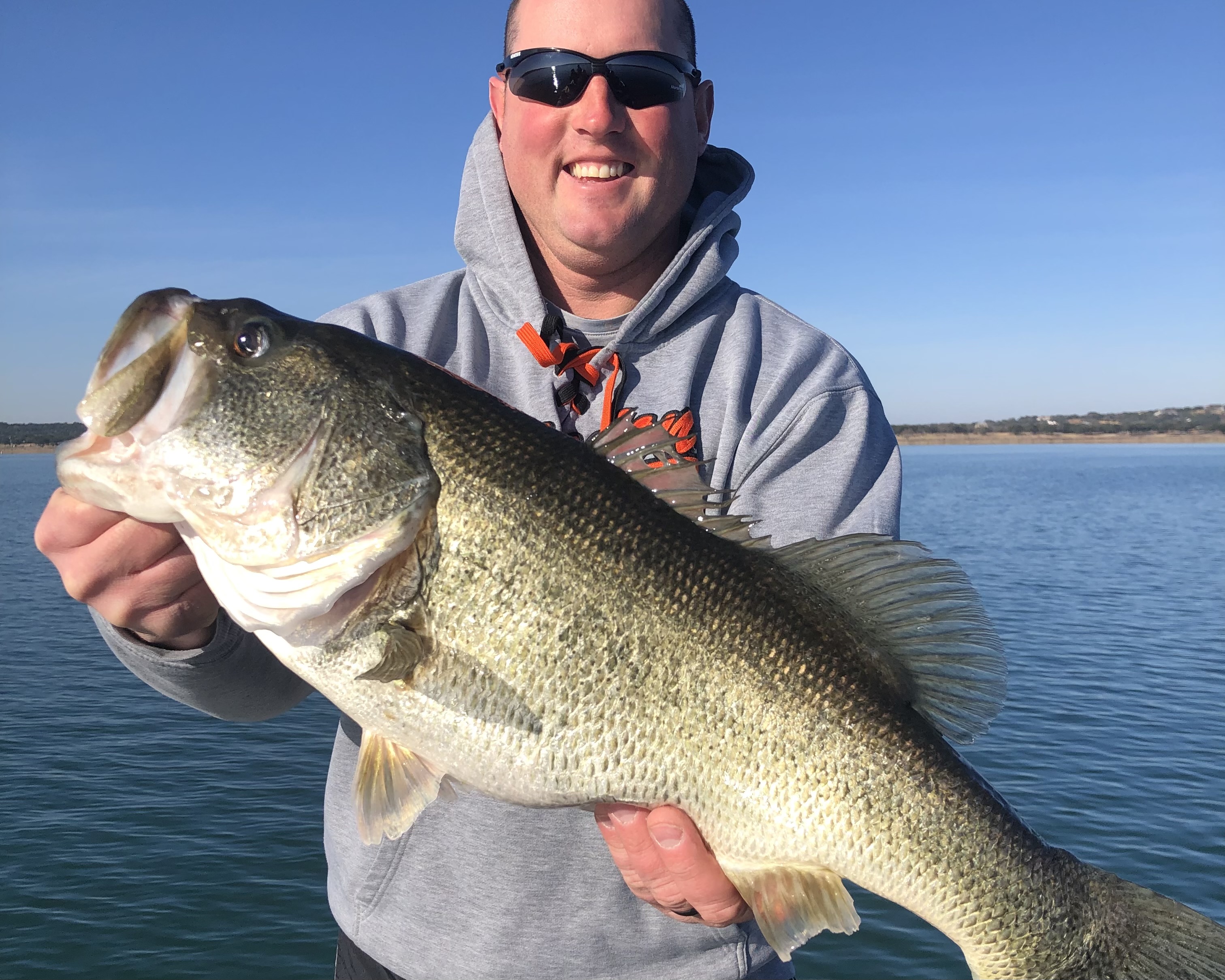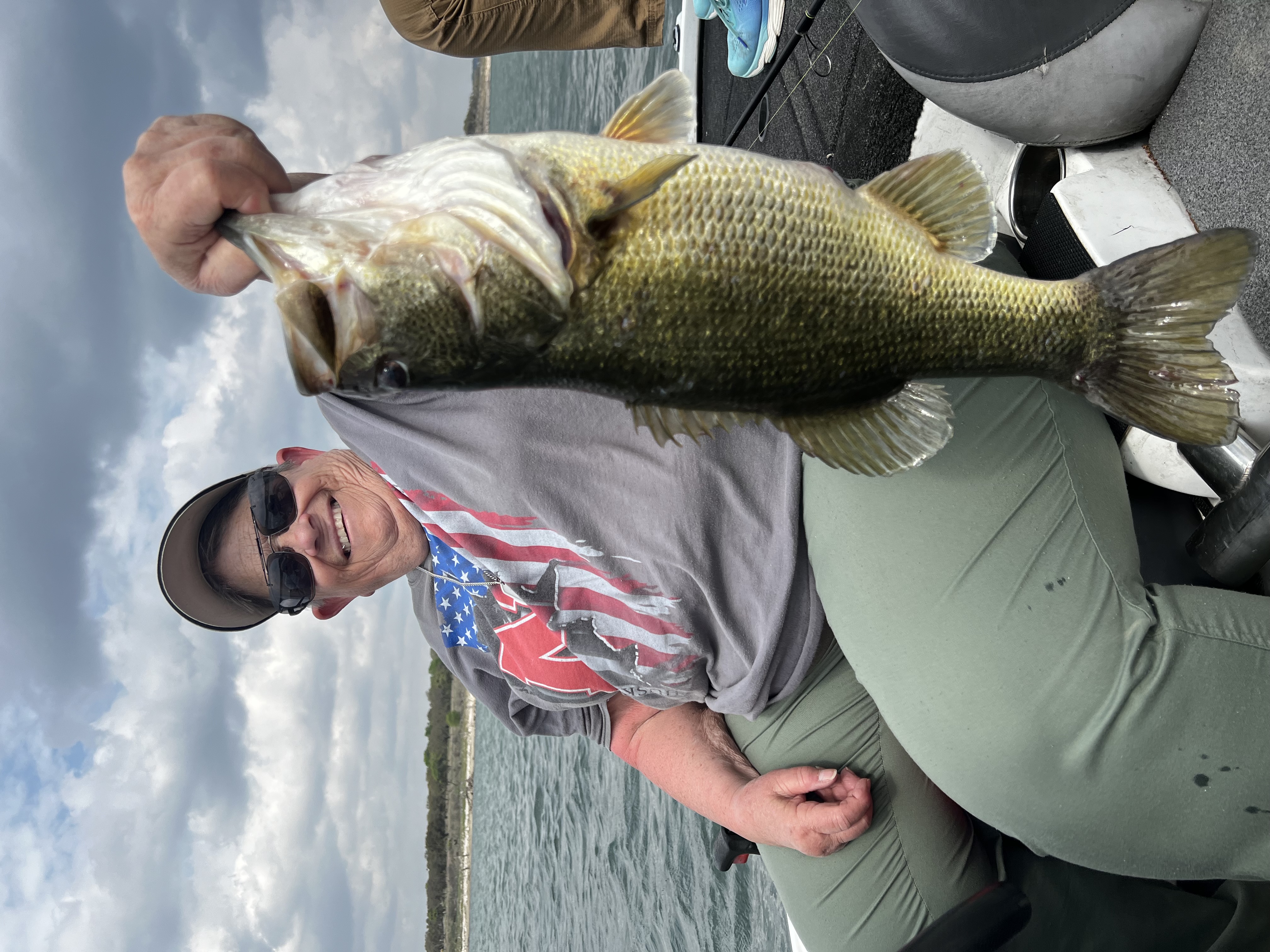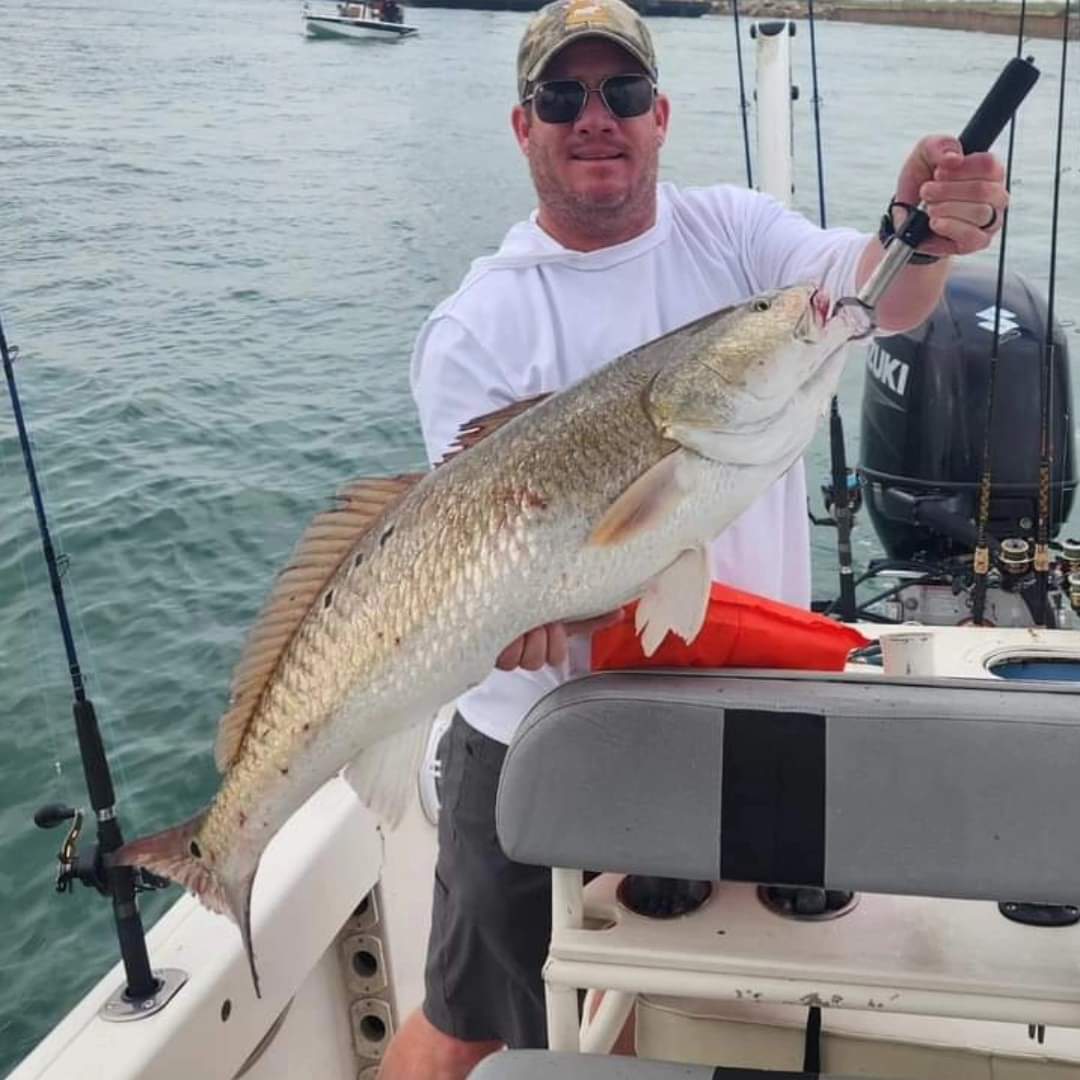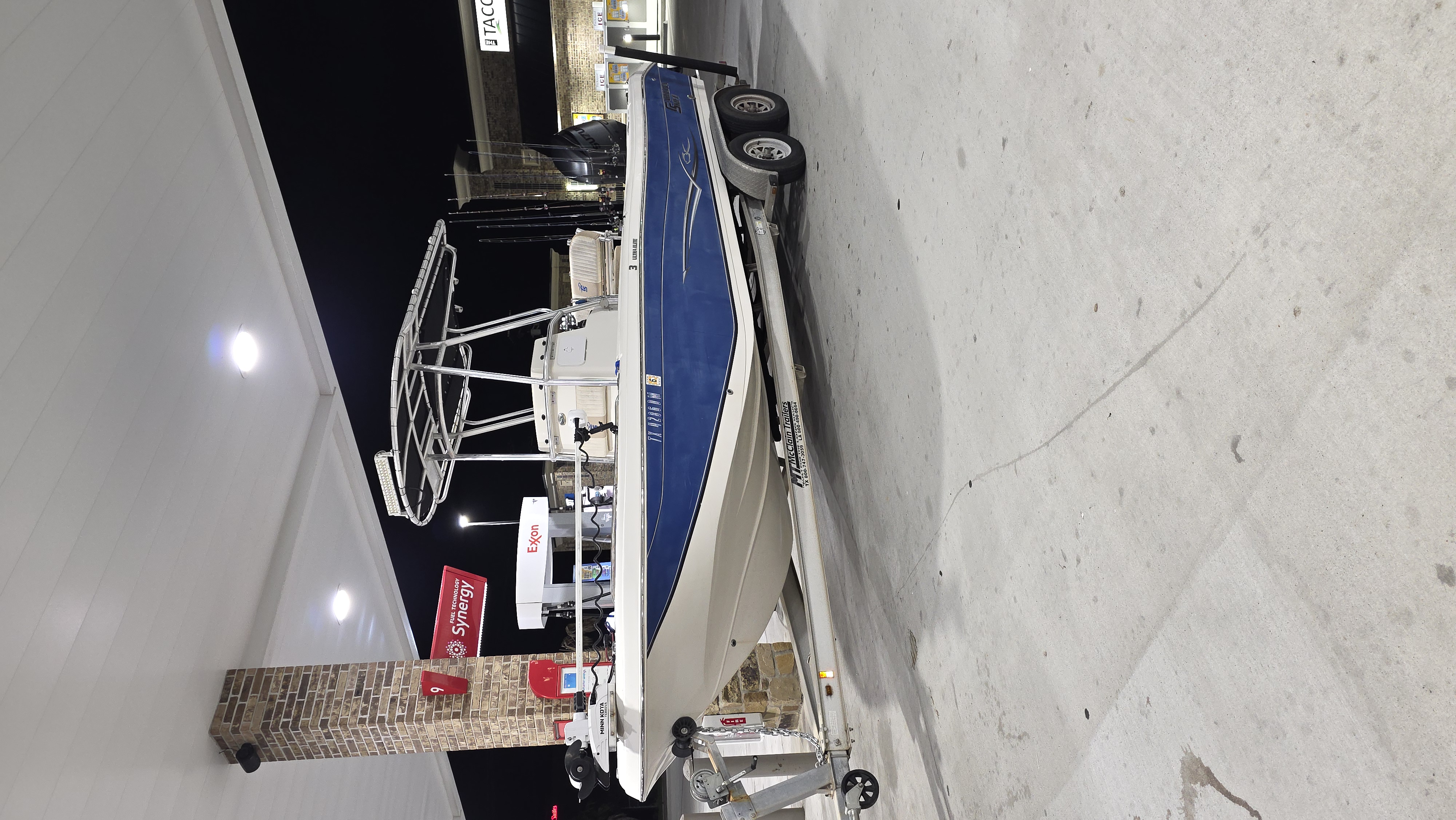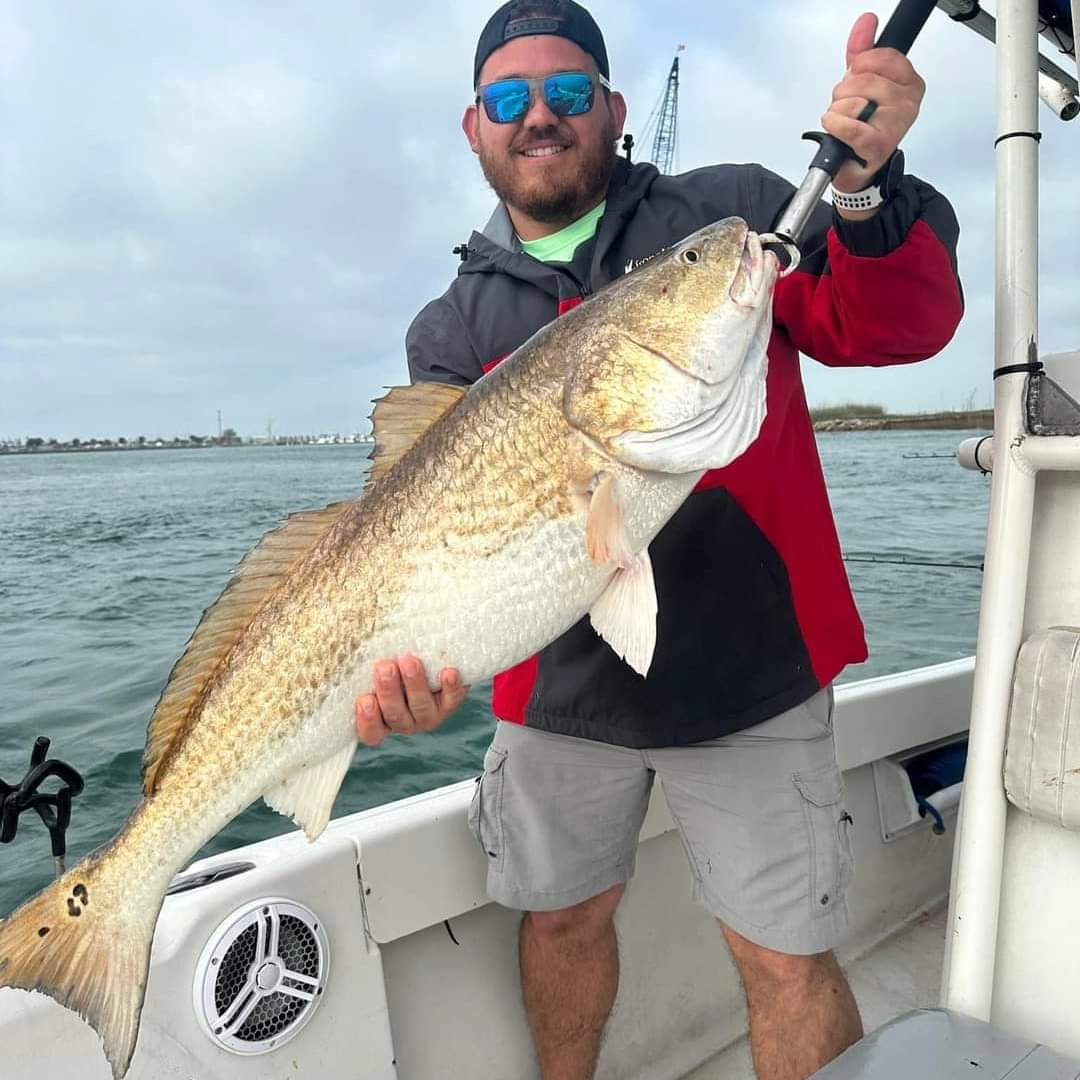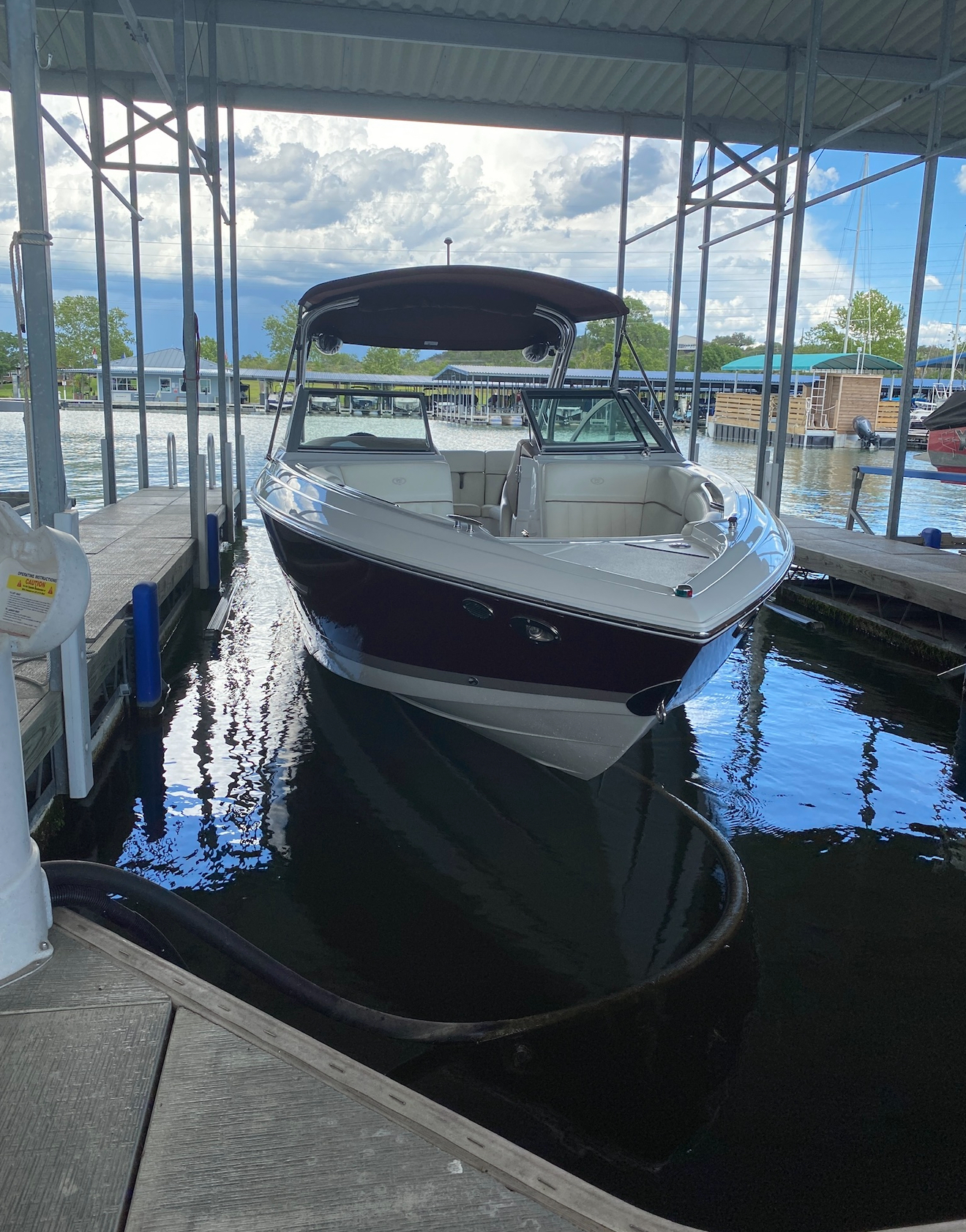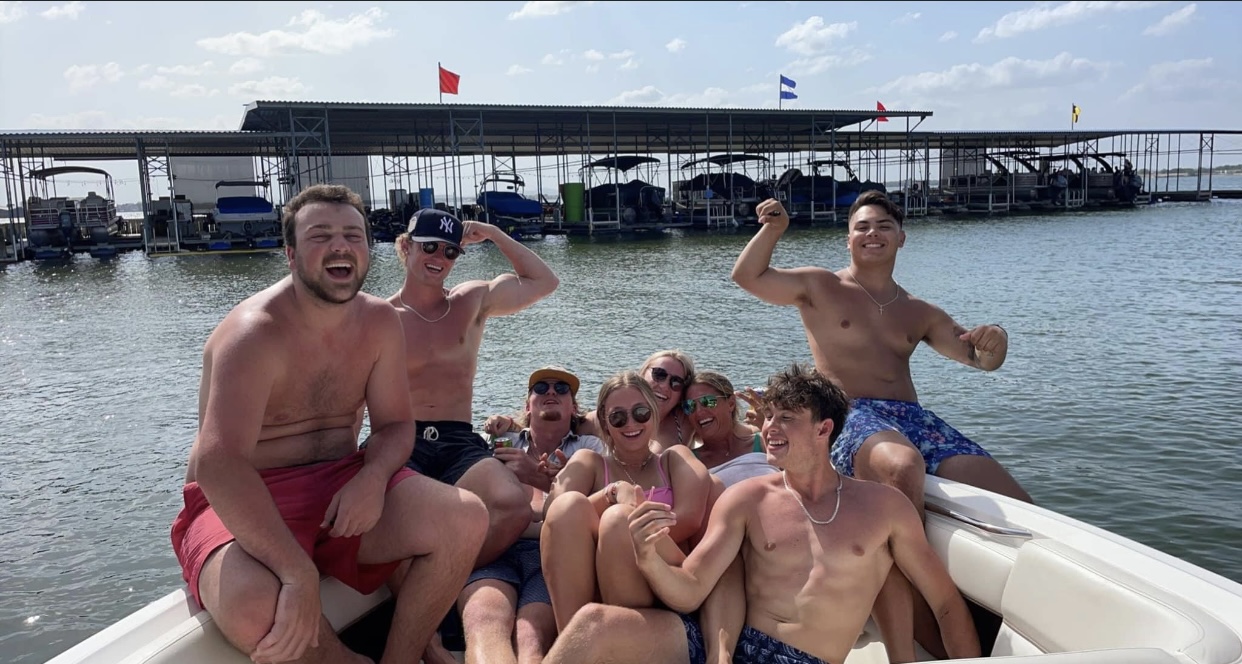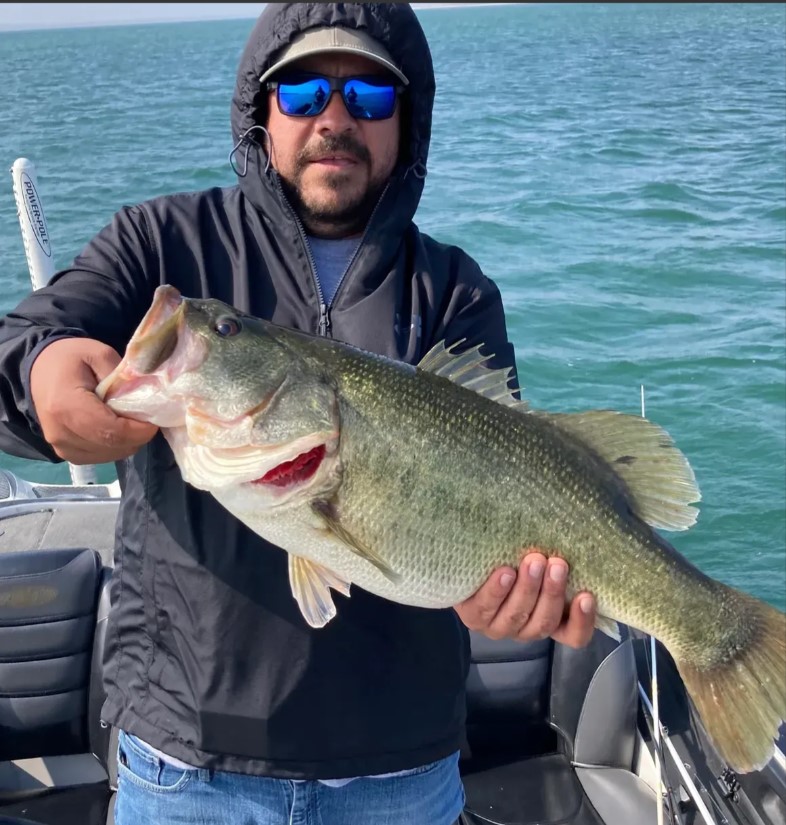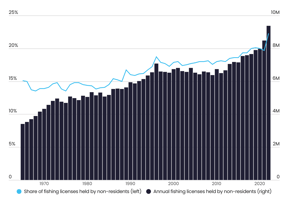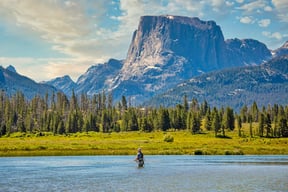Invasive Species Hunting in Smiley
South Texas Thermal Hog Hunt
Inshore Fishing in Corpus Christi
Hook, Line & Memories Fishing Trip
Trophy Largemouth Fishing
Bass Fishing Trip
Inshore, River, Flats in Matagorda
Matagorda Bay Fishing Charters
Freshwater Fishing Trip
Canyon Lake Fishing Adventures
Inshore, Jetty in Port Aransas
4 - Hour Rod Bending Jetty Trip
Boat Cruise, Booze Cruise in Austin
Lake Travis Cruise
Half Day 7am-12
We started Captain Experiences to make it easy to book fishing and hunting guides around the world. With over 2,000 Damn Good Guides, our platform makes finding and booking a trip seamless. Head here to check out our trips.
For many Americans, lakes and rivers provide a much-needed escape—a place to cool off on a hot day, relax with loved ones, or simply enjoy the beauty of nature. However, water quality remains a major public health concern across large portions of the United States. According to data from the Environmental Protection Agency (EPA), over 70% of freshwater lakes, ponds, reservoirs, and wetlands (by acreage) and over 42% of creeks, rivers, and streams (by mileage) are considered too polluted for primary contact recreation such as swimming.
To help monitor and protect U.S. waterways from harmful contaminants, the Federal Water Pollution Control Act was significantly reorganized and expanded in 1972 to become known as the Clean Water Act (CWA). These amendments made it unlawful to discharge pollutants into most waters without a permit, empowered the EPA to implement pollution control programs, and funded the construction of sewage treatment plants.
While these actions are tangible progress towards protecting U.S. water quality, several challenges remain. One of the biggest hurdles faced today is nonpoint source pollution—contaminants that originate from many diffuse sources and collect in America’s waters—which is difficult to trace and therefore thinly regulated by the CWA. Major obstacles like nonpoint source pollution, particularly agricultural runoff, highlight the need for continued efforts to ensure clean water for all.
Top Causes of Recreational Waterborne Disease Outbreak
Norovirus accounts for the majority of recreational waterborne illness occurrences in the U.S.

Source: Captain Experiences analysis of Centers for Disease Control and Prevention (CDC) data
On average, there are nearly 35,000 waterborne illness cases caused by recreational water use in the U.S. every year. Pathogens from sewage spills, animal waste, fecal incidents, water runoff after heavy rain, and naturally-occurring organisms can all contribute to water pollution, leading to health risks for swimmers ranging from gastrointestinal discomfort and skin rashes to more emergent health problems like respiratory complications, and even death.
TRENDING
Texas is a premier fishing destination, offering diverse bodies of water from rivers and lakes to coastal waters spanning the state's southeastern borders. Whether you're looking for freshwater opportunities or deep sea adventures, our Texas fishing charters offer the perfect solution for your fishing experience needs.
Norovirus—a highly-contagious virus that causes vomiting, diarrhea, and stomach pain—is the most commonly acquired illness from recreational water disease outbreaks in untreated waters. With an average of over 18,000 cases reported annually from 1971 through 2021, it accounts for over 55% of diseases linked to primary contact water recreation—where the potential for ingestion of water is likely, such as swimming, diving, or surfing. A more dangerous cause of illness is Staphylococcus—a bacteria sometimes found in contaminated water. While it is responsible for an average of just 232 cases per year from water recreation, if left untreated, a “staph” infection can cause sepsis or can even be fatal.
Recreational-Use Water Assessment Progress by State
Only 19 states have assessed a majority of their recreational-use lake and river waters for impairments
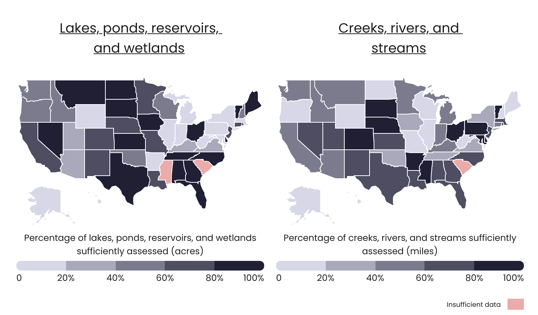
Source: Captain Experiences analysis of U.S. Environmental Protection Agency's (EPA) Clean Water Act data
Despite being established in 1972, the CWA has fallen short of its goal to make 100% of U.S. waters “fishable and swimmable” in large part due to inefficient and insufficient water quality monitoring. Just 19 states have recently assessed a majority of their recreational-use lakes and rivers for impairments, with Rhode Island being the only state to completely assess all of its recreational-use water bodies. Perhaps surprisingly, Wyoming, a state known for its natural beauty and outdoor recreation, has yet to sufficiently assess any of its several lakes and reservoirs designated for primary water contact use, and has evaluated just 5.7% of its creeks, rivers, and streams.
SUMMER FISHING IN ARKANSAS
Arkansas boasts abundant freshwater fishing experiences across the state's rivers, lakes, and streams. Notable fishing spots like the White River, renowned for its trout fishing, and Lake Ouachita, famous for its clear waters and diverse fish population, offer year-round fishing opportunities. Find your perfect trip with one of our top Arkansas fishing guides.
A major roadblock to water quality monitoring is the lack of enforcement by the EPA. Instead, the EPA relies heavily on state environmental agencies to regulate themselves, but without proper oversight and inadequate funding, some states are forced to make tough decisions such as only prioritizing perennial waterways or dedicating a disproportionate amount of resources on their most polluted water bodies. Lenient runoff pollution regulations, inefficient government enforcement of permit requirements, and weak management of interstate water pollution also contribute in creating a significant blind spot in water quality monitoring.
Geographical Differences in Impaired Recreational-Use Waters
Lake and river recreational-use water quality varies dramatically by state

Source: Captain Experiences analysis of U.S. Environmental Protection Agency's (EPA) Clean Water Act data
States define, designate, and prioritize water bodies differently, which makes comparison especially complicated when it comes to water quality progress. But overall, the majority of Americans believe the federal government is doing too little to protect water quality.
When it comes to lakes, reservoirs, and similar bodies of water, states in the Southwest tend to have the least contaminated waters. New Mexico (0.0%), Colorado (0.0%), and Texas (0.7%) all have less than 1% of recreational-use waters deemed impaired under the CWA, and all three states have assessed at least two-thirds of all of those waters that reside within their state borders. In contrast, West Virginia has the largest share of recreational lake acreage considered impaired with 91.6%, but only 15.2% of all lake waters have been assessed, leaving over 20,000 acres of lakes uncertain for swimming.
PLAN YOUR COLORADO ADVENTURE
Colorado is a top fishing destination with its diverse water bodies, including over 6,000 miles of streams and more than 2,000 lakes and reservoirs. Experience the best fishing experiences the state has to offer with our Colorado fishing guides.
In many ways, rivers, creeks, and streams can be more difficult to assess for impairments because many are ephemeral, intermittent, or tidal. Nationally, by mileage, only 37.3% of these water bodies have been adequately assessed for primary water contact impairments. Colorado (3.0%), Arkansas (3.5%), and Vermont (3.8%) stand out as the only states to have less than 4% of rivers impaired and over 86% of all river mileage assessed. Conversely, Hawaii has only assessed 15.2% of its recreational water mileage, but the entirety of those 470 miles that were assessed were determined to be impaired for primary water contact recreation. This contamination has mostly been attributed to fertilizer runoff from golf courses, agricultural runoff, and fecal bacteria contamination from septic tanks.
For more information across all 50 states, below is a complete breakdown of recreational-use water impairments. The research was conducted by Captain Experiences—a fishing and hunting guide reservation platform—using the latest data available from the U.S. Environmental Protection Agency (EPA). For additional details, refer to the methodology section.
Methodology
The data used in this analysis is from the U.S. Environmental Protection Agency’s (EPA) Clean Water Act ATTAINS data. In order to determine the states with the worst water quality for swimming, researchers calculated the percentage of total acreage or mileage of assessed, untreated waters that were impaired for primary water contact. Impaired waters are bodies of water polluted by various sources such as industrial waste, sewage, or agricultural runoff, which makes them unsuitable for their designated uses. Under the mandate of the Clean Water Act, states are required to identify these polluted waters every two years and to take actions towards reducing this pollution. In some cases, broader recreational-use categories were used in states where primary water contact is not distinguished, and only waters designated with sufficient information were considered assessed. Untreated recreational-use waters, unlike chlorinated swimming pools, contain water that has not undergone a disinfection or treatment process to maintain good microbiological quality for recreation.
For clarity, acreage-based water bodies were grouped together, including: lakes, ponds, reservoirs, and wetlands, while mileage-based water bodies such as creeks, rivers, and streams were analyzed collectively. Further, the latest organizational submission data for each state was used, and other water bodies—such as oceans, Great Lakes, beaches, and bays—were excluded due to state-to-state data inconsistencies in categorization and reporting. For additional context, the percentage of primary-contact-use waters assessed, total assessed primary-contact-use waters impaired, total primary-contact-use waters assessed, and total primary-contact-use waters not assessed were calculated for both acreage- and mileage-based water bodies.
References
- Denchak, M. (2023, January 11). Water Pollution: Everything You Need to Know. Natural Resources Defense Council (NRDC). Retrieved on May 27, 2024 from NRDC.
- U.S. Environmental Protection Agency (EPA). (2023, June 22). History of the Clean Water Act. Retrieved on May 27, 2024 from EPA.
- Cotsirilos, Teresa. (2022, March 20). Report: agriculture runoff is leading cause of water pollution in the U.S. Food & Environment Reporting Network. Retrieved on May 27, 2024 from The Fern.
- Centers for Disease Control and Prevention (CDC). (2022, December 1). Recreational Water Systems. Retrieved on May 27, 2024 from CDC.
- Centers for Disease Control and Prevention (CDC). (2024, April 24). About Norovirus. Retrieved on May 27, 2024 from CDC.
- Centers for Disease Control and Prevention (CDC). (2019, March 22). Staph infections can kill: More prevention in healthcare & communities needed. Retrieved on May 27, 2024 from CDC.
- Environmental Integrity Project. (2022, March 17). The Clean Water Act At 50: Promises Half Kept At The Half Century Mark. Retrieved on May 27, 2024 from Environmental Integrity.
- Kennedy, B., et al. (2023, June 28). 3. Majorities of Americans say too little is being done on key areas of environmental protection. Pew Research Center. Retrieved on May 27, 2024 from Pew Research.
- Koseff, A. (2005, August 12). Understanding Coastal Pollution. Stanford Woods Institute for the Environment. Retrieved on May 27, 2024 from Stanford Woods.
- U.S. Environmental Protection Agency (EPA). (2024, February 14). ATTAINS [Dataset]. Retrieved on May 27, 2024 from EPA.
Jake Lane
Updated on February 19, 2025
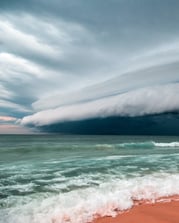
August 21, 2023
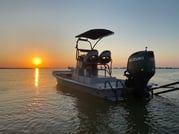
January 7, 2022
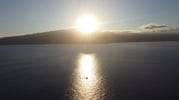
April 26, 2022
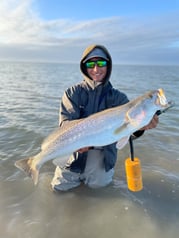
January 19, 2021
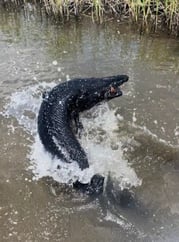
June 22, 2022
Related Articles
August 17, 2023
July 31, 2024
May 13, 2024
Featured Locations
- Fishing Charters Near Me
- Austin Fishing Guides
- Biloxi Fishing Charters
- Bradenton Fishing Charters
- Cabo San Lucas Fishing Charters
- Cancun Fishing Charters
- Cape Coral Fishing Charters
- Charleston Fishing Charters
- Clearwater Fishing Charters
- Corpus Christi Fishing Charters
- Crystal River Fishing Charters
- Dauphin Island Fishing Charters
- Daytona Beach Fishing Charters
- Destin Fishing Charters
- Fort Lauderdale Fishing Charters
- Fort Myers Fishing Charters
- Fort Walton Beach Fishing Charters
- Galveston Fishing Charters
- Gulf Shores Fishing Charters
- Hatteras Fishing Charters
- Hilton Head Fishing Charters
- Islamorada Fishing Charters
- Jacksonville Fishing Charters
- Jupiter Fishing Charters
- Key Largo Fishing Charters
- Key West Fishing Charters
- Kona Fishing Charters
- Lakeside Marblehead Fishing Charters
- Marathon Fishing Charters
- Marco Island Fishing Charters
- Miami Fishing Charters
- Montauk Fishing Charters
- Morehead City Fishing Charters
- Naples Fishing Charters
- New Orleans Fishing Charters
- New Smyrna Beach Fishing Charters
- Ocean City Fishing Charters
- Orange Beach Fishing Charters
- Panama City Beach Fishing Charters
- Pensacola Fishing Charters
- Pompano Beach Fishing Charters
- Port Aransas Fishing Charters
- Port Orange Fishing Charters
- Rockport Fishing Charters
- San Diego Fishing Charters
- San Juan Fishing Charters
- Sarasota Fishing Charters
- South Padre Island Fishing Charters
- St. Augustine Fishing Charters
- St. Petersburg Fishing Charters
- Tampa Fishing Charters
- Tarpon Springs Fishing Charters
- Venice Fishing Charters
- Virginia Beach Fishing Charters
- West Palm Beach Fishing Charters
- Wilmington Fishing Charters
- Wrightsville Beach Fishing Charters




